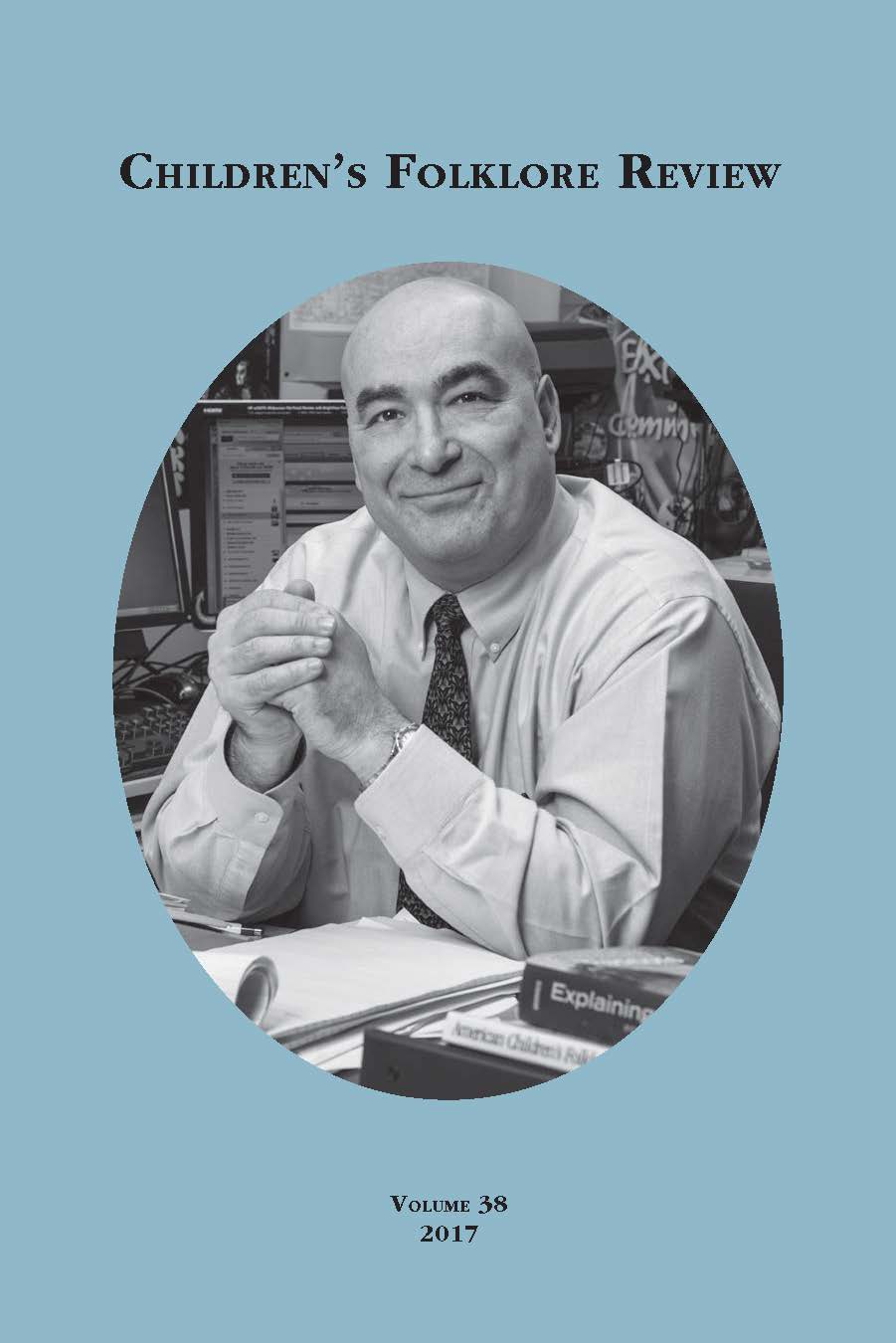Wrestling With Masculinity
Main Article Content
Abstract
With high school wrestling as our focus, we encounter the drama of the interac-tion of the formal organizational culture controlled by the adult coaches and adult volunteers and the informal adolescent folk culture of the wrestlers themselves. As Mechling says about the California Boy Scout troop he studied for decades (Mechling 2001), the culture created at a Boy Scout camp or on a wrestling team is a tertium quid, a third thing, which is neither the culture created by the adults nor the culture created by the adolescents but a culture that results from the dynamic interaction of the two, a hot “border culture.” The culture of a wrestling team is nowhere near the “total institution” (Goffman 1961) of a two-week Boy Scout encampment, where the boys and men eat, sleep, play, and work together. But the members of a wrestling team spend a lot of time together and, if all goes well, they create a strong adolescent male friendship group, a male folk group. As folklorists we have a broader understanding of the significance of the everyday “practices” by the young participants. We seek to understand the expressive functions of the everyday folk cultures of the young wrestlers as well as the instrumen-tal functions that sociologists tend to emphasize.
Downloads
Article Details

This work is licensed under a Creative Commons Attribution-NoDerivatives 4.0 International License.
Materials published in the Children's Folklore Review (CFR) remain the property of their authors. CFR encourages authors to honor the journal with exclusive rights to their work for the period of one year following its initial publication; however, authors may offer their work for reprint as they see fit. Submissions may be withdrawn at any point during the review process. Once the material has been published in CFR, however, it becomes part of the CFR record and cannot be removed.Likewise, CFR may emend the appearance of materials to maintain a consistency of design, but will make only make changes to the text when requested by the author. At the author’s request, and with the agreement of the editor, additions and amendments may be added as separate files to the table of contents.
Authors who publish with this journal agree to the following terms:
- Authors retain copyright and grant the journal right of first publication with the work simultaneously licensed under a Creative Commons Attribution Non-Derivative License that allows others to share the work with an acknowledgment of the work's authorship and initial publication in this journal.
- Authors are able to enter into separate, additional contractual arrangements for the non-exclusive distribution of the journal's published version of the work (e.g., post it to an institutional repository or publish it in a book), with an acknowledgment of its initial publication in this journal.
- Authors are permitted and encouraged to post their work online (e.g., in institutional repositories or on their website) prior to and during the submission process, as it can lead to productive exchanges, as well as earlier and greater citation of published work.
- While CFR adopts the above strategies in line with best practices common to the open access journal community, it urges authors to promote use of this journal (in lieu of subsequent duplicate publication of unaltered papers) and to acknowledge the unpaid investments made during the publication process by peer-reviewers, editors, copy editors, programmers, layout editors and others involved in supporting the work of the journal.
